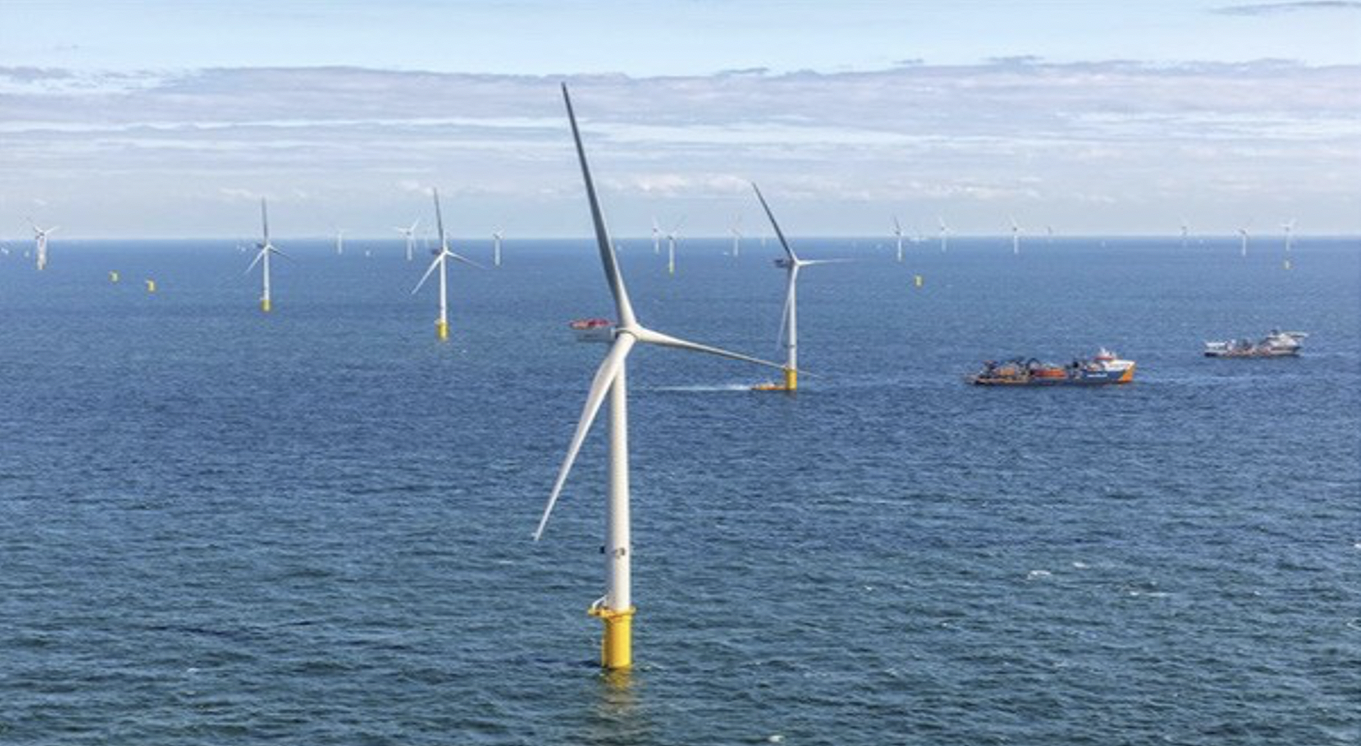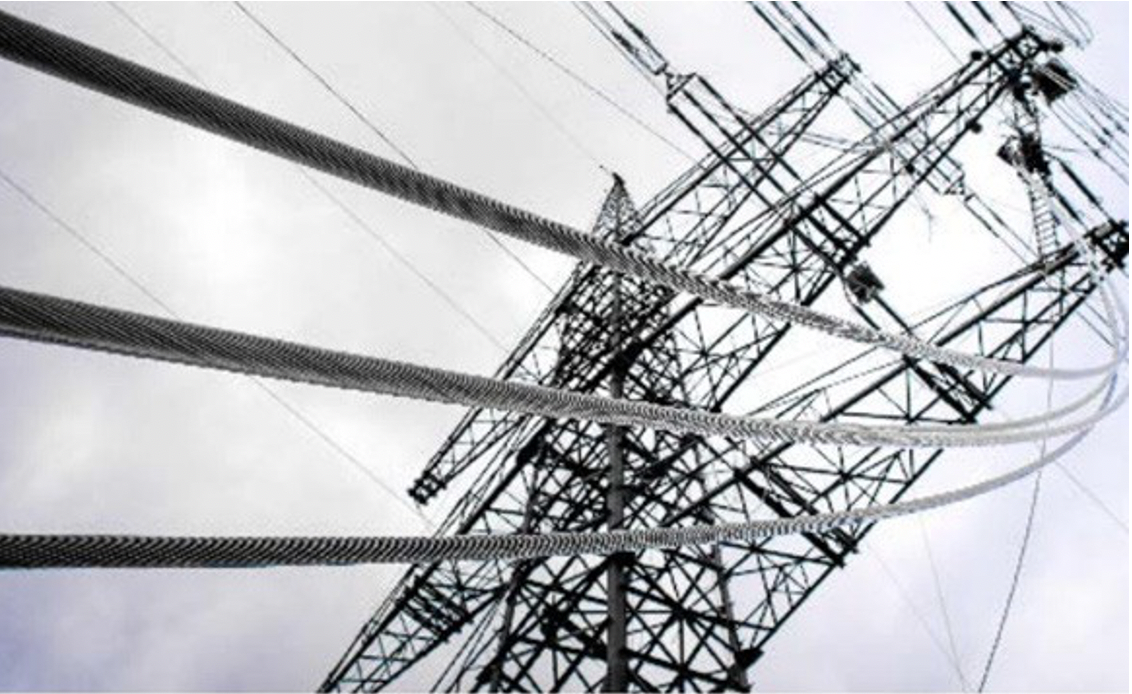Regulated Utilities: The epicentre of the global energy transition
Renewable energy companies are the typical ‘go-to’ exposure for the multi-generational thematic of energy transition. However, some renewable energy investments can carry higher risk. An alternative way to play this transition, and one we argue with less risk, is through the regulated utilities sector. Utilities have a critical role in the energy transition, with attractive investment characteristics for long-term infrastructure and ESG focused investors. The opportunity lies in the fact that utilities have been overlooked by markets, so far, as an essential part of the transition to renewable energy. We believe that is about to change.
In this Q&A, I discuss the background behind the energy transition and how investors can position themselves to capitalise on this trend.
Can you provide an update on net-zero momentum with regard to the energy transition?
In June 2019, the UK became the first major economy to enshrine a net zero by 2050 commitment into law. Since then, more and more countries have quickly followed suit.
Currently, around 53% of the global economy (as measured by GDP) has set or are intending to set a net zero by 2050 target.
This is a fundamental shift in the driving forces behind the energy transition, moving from an economic motivation to a normative ESG-focused motivation with clearly defined legal requirements.
We have also seen governments increasingly focused on accelerating the pace of the energy transition, and infrastructure investment more generally. In most instances, this forms part of a nation’s recovery plan from the COVID-19 pandemic. For example, the EU has agreed to a €670bn COVID recovery fund, with around €265bn to be made available for the green transition in the form of grants and loans.
In the USA, the election of the Biden administration in 2020 also gave renewed impetus to the energy transition. President Biden announced a goal to create a carbon pollution-free power sector in the USA by 2035, and a net-zero emissions economy by no later than 2050. He also announced a new target for the US to achieve a 50-52% reduction from 2005 levels in economy-wide net greenhouse gas pollution by 2030. While there is an expectation that the eventual policy settings will be watered down somewhat in order to successfully pass Congress, there is no denying the growing momentum to decarbonise the US economy.
As infrastructure investors, what are the challenges with investing in renewable energy companies?
As infrastructure investors, we are focused on the stability and predictability of a company’s cash flows. This is to ensure that the portfolio provides the characteristics investors expect of the infrastructure asset class – downside protection and low correlation to global equities – but at the same time, contributes to meeting our long-term return objective.
Ausbil’s strict criteria define Essential Infrastructure as the assets that are essential for the basic functioning of a society, and typically generate stable regulated or contracted cash flows through the economic cycle.
One of the challenges in investing in the energy transition is that, in many instances, renewable energy companies do not reach our benchmark for Essential Infrastructure, even if they are positively leveraged to the energy transition. The flipside to this is that focusing on both Essential Infrastructure and leverage to the energy transition is likely to yield a portfolio that generates a superior risk-adjusted return, with less downside risk, and more stable investment cash flows.
While our assessment is done on a case-by-case basis, the key broad factors we consider includes the following:
- The remaining duration of their power sale contracts (or purchase power agreements ‘PPA’) and how this is expected to evolve over time;
- The cash-flow certainty associated with the existing PPA, and the term of this certainty;
- The impact of any exposure to merchant electricity pricing (that is, renewable energy output not sold under long-term contracts, and exposed to volatile competitive prices) and how this will evolve over time;
- The renewable energy mix between technologies; and
- Fundamental gearing and balance sheet metrics over time.
The most significant risk with investing in renewable energy companies is merchant (or wholesale electricity) pricing risk which also ties back to the contract/PPA tenure, and pricing applicable to each asset and the company overall. Nearly all renewable energy projects or companies carry a level of merchant pricing risk – it depends on what percentage of output is contracted and how this evolves over time. Generally speaking, companies with meaningful merchant price risk (~20% or more of revenue) and with an insufficiently long weighted average contract/PPA duration (less than 10 years) do not display the cash flow certainty to qualify as Essential Infrastructure under our strict definitions.
The challenge with merchant price risk is the difficulty and complexity in forecasting electricity prices – both in the short term and longer term. Long-term electricity prices should converge towards long-run marginal costs and therefore are a function of expectations of future fuel costs (zero for renewables), capital costs, cost of capital, capacity factors and operating costs. Therefore, this is influenced by technological trends which are inherently difficult to forecast.
With this backdrop,
how are you approaching investing
in renewable energy
in the Ausbil Essential Infrastructure portfolio, and what opportunities
are you seeing?
We are excited by a number of investment opportunities in renewable energy companies globally. Our conviction around these opportunities has only increased during 2021. Despite improving fundamentals, the share prices of many renewable energy companies globally have been under pressure, creating attractive opportunities for long-term investors.
Our
most favoured renewable energy companies are NextEra (NYSE:NEE) - US onshore wind and
solar - and Ørsted (CPH:ORSTED) - global offshore wind - are both global
leaders in renewables in their fields.
Both these companies are in unparalleled competitive
positions to grow strongly, successfully execute and deliver attractive risk-adjusted returns for their
shareholders.
As a case study, Ørsted offshore wind farm Borssele in the North Seam is one of the largest offshore wind farms in the world and a global leader in the space.

They are a Danish-based global leader in renewable energy, but particularly offshore wind, with strong ESG credentials. Ørsted is a remarkable company transformation story. Up until 2017, the company was called Danish Oil and Natural Gas (DONG, for short) reflecting its origins in a Danish state-owned company with a 100% exposure to fossil fuels. Ørsted is progressively exiting all fossil-fuel-based operations and has transformed itself into a global renewable energy powerhouse over the last decade. Its growth potential is truly enormous – they are aiming for a four-fold increase in installed renewable capacity by 2030 and a 12% CAGR in EBITDA to 2027. However, it is Ørsted’s longer-term growth potential that really excites us, and its desire to spearhead new initiatives like green hydrogen and lead the global decarbonisation effort.
What is the opportunity in regulated utilities?
Fundamentally, regulated utilities (both electric and gas) are critical enablers of decarbonisation with electric utilities likely having a more significant and unambiguous role than their gas counterparts. The main role of regulated electric utilities is grid investment, both at the distribution (low voltage) and transmission (high voltage) level. These investments are required to:
- Support the significant investment in renewable energy and allow that energy to be efficiently delivered to customers;
- Ensure grid stability given much higher percentages of intermittent renewable energy;
- Facilitate efforts to decarbonise the transport sector and support the increased uptake of electric vehicles;
- Encourage more efficient use of electricity, and encouraging energy efficiency, for example through the deployment of advanced metering technology;
- Increase grid resiliency to the increasing prevalence of extreme weather events from climate change; and
- Increase the efficiency of the network itself and reduce the energy lost in the wires between the point of generation and the point of consumption (which can be over 20% in old electricity grids).
Critically, much of the electrical infrastructure in developed markets is ageing, requiring a wave of investment. For example, a report by Deloitte for Eurelectric in January 2021 noted that in the EU currently 25-35% of assets are over 40-years old. If assets are not replaced after their useful life, then 40-55% of assets could be over 40-years old by 2030.
This would see a further reduction in the resilience of the grid, its reliability and also its efficiency and flexibility – all characteristics that are necessary in an energy system increasingly powered by renewable energy.
Regulated gas utilities are also playing an important role in decarbonisation. One example of this is using renewable natural gas (RNG) as a feed gas into their networks. Many gas utilities are also actively exploring the potential to blend hydrogen into the fuel mix and potentially, longer-term, only transporting hydrogen. More immediately, gas utilities are investing heavily to replace their ageing pipeline assets to reduce harmful gas leaks.
Why are regulated utilities an attractive way for investors to benefit from the energy transition?
For investors seeking to gain exposure to the energy transition, investing in regulated utilities offers an attractive alternative to renewable energy companies as in most instances they display lower risk but comparable, and in some cases superior, return and growth profiles. The attractiveness of these investment opportunities, from an energy transition perspective, is commonly misunderstood or overlooked, however we suspect this will change.
Regulated utilities can take the form of either: transmission and distribution companies (sometimes referred to as ‘poles and wires’); or vertically integrated companies, where the utility owns the entire vertical supply chain – including generation, transmission and distribution electrical assets. ‘Poles and wires’ regulated utilities exist in Australia, the UK, Europe and also some areas of North America, and own the physical wires that transmit and/or distribute electricity. By contrast, in Ausbil’s Essential Infrastructure definition, ‘vertically integrated’ companies can only be found in North America.
It should be also highlighted that investment opportunities for the regulated utilities are not confined to supporting the energy transition. There is a broader investment need to ensure the electrical grids are resilient and able to reliably supply energy as the climate changes. For example, it is well understood that climate change is making extreme weather events more common (such as hurricanes, wildfires and floods), creating ever-increasing challenges for infrastructure assets to maintain reliable and safe supply.
While regulated utilities are largely overlooked by the equity markets, there are huge long-term opportunities for low-risk, secular investment across major thematics such as the energy transition and climate change. Few sectors enjoy such powerful tailwinds, and that is why we believe that regulated utilities currently represent such an attractive opportunity.
Case study: Elia - A leading European transmission grid owner playing a critical role in the energy transition

Elia (EBR:ELI), listed in Belgium, owns two electricity transmission grids – the transmission grid in Belgium and 50 Hertz (North and East Germany). Elia is undertaking significant capital investments in its grids to support the decarbonisation of the energy systems in Belgium and Germany. Across 2021-2025, Elia forecasts it will spend around €7.9bn in CAPEX, generating 8-9% annual growth in its regulated asset base. This will be used to reinforce the transmission grid, increase interconnection across Europe, but also to connect significant new renewable energy capacity, particularly from offshore wind in the North and Baltic Seas. In Germany, Elia is undertaking these investments with the objective of having 100% of electricity coming from renewable sources by 2032. Elia is exploring other growth opportunities in Germany and Belgium, such as a potential project with Danish counterparts, the Bornholm Energy Island, to connect Germany and Denmark to an offshore wind hub with around 2GW of wind power on the island of Bornholm
How is affordability impacted by the significant capital investment required to support the energy transition?
Companies and regulators need to balance the speed of decarbonisation initiatives with affordability considerations. There will also be different impacts across customer groups, at different points in time, and as large investments are made this can put upward pressure on end customer bills. This creates complex equity considerations that require a detailed understanding and analysis of policy responses and regulatory constructs.
Assessing this level of regulatory detail is complex, and one of the reasons that we are confident we can find inefficiencies in how equity markets price these companies, and in so doing, display outperformance potential in this asset class.
How is the portfolio positioned to benefit from the energy transition?
What exciting global investment opportunities do you see?
Ausbil’s Global Essential Infrastructure strategy is positioned to benefit from the energy transition in numerous ways. Since inception, we have been gradually pivoting the portfolio to positively increase its leverage to the energy transition through increasing our exposure to renewable energy companies and regulated utilities. More recently, our investment process has identified improved relative value in the renewables sector together with improved growth prospects – providing an opportunity to lift our exposure.
As a result, currently around one third of the portfolio has positive exposure to the energy transition. On the flipside, we have also been gradually reducing our exposure to the regulated energy infrastructure and gas distribution sectors, particularly those companies with higher exposure to oil where the long- term stranding impact from the energy transition is likely to be more pronounced versus gas.
In summary, the investment opportunities in renewable energy are compelling, and perhaps even more compelling when captured through the regulated utilities that are essential in delivering renewable energy to clients – this is very much misunderstood across the general equity market, and herein lies a significant opportunity for experienced and focused infrastructure investors.
Invest in stable cash flow assets
Ausbil invests in securities that have assets that are essential for the basic functioning of a society. To find out more, click the 'FOLLOW' button below.
5 topics

